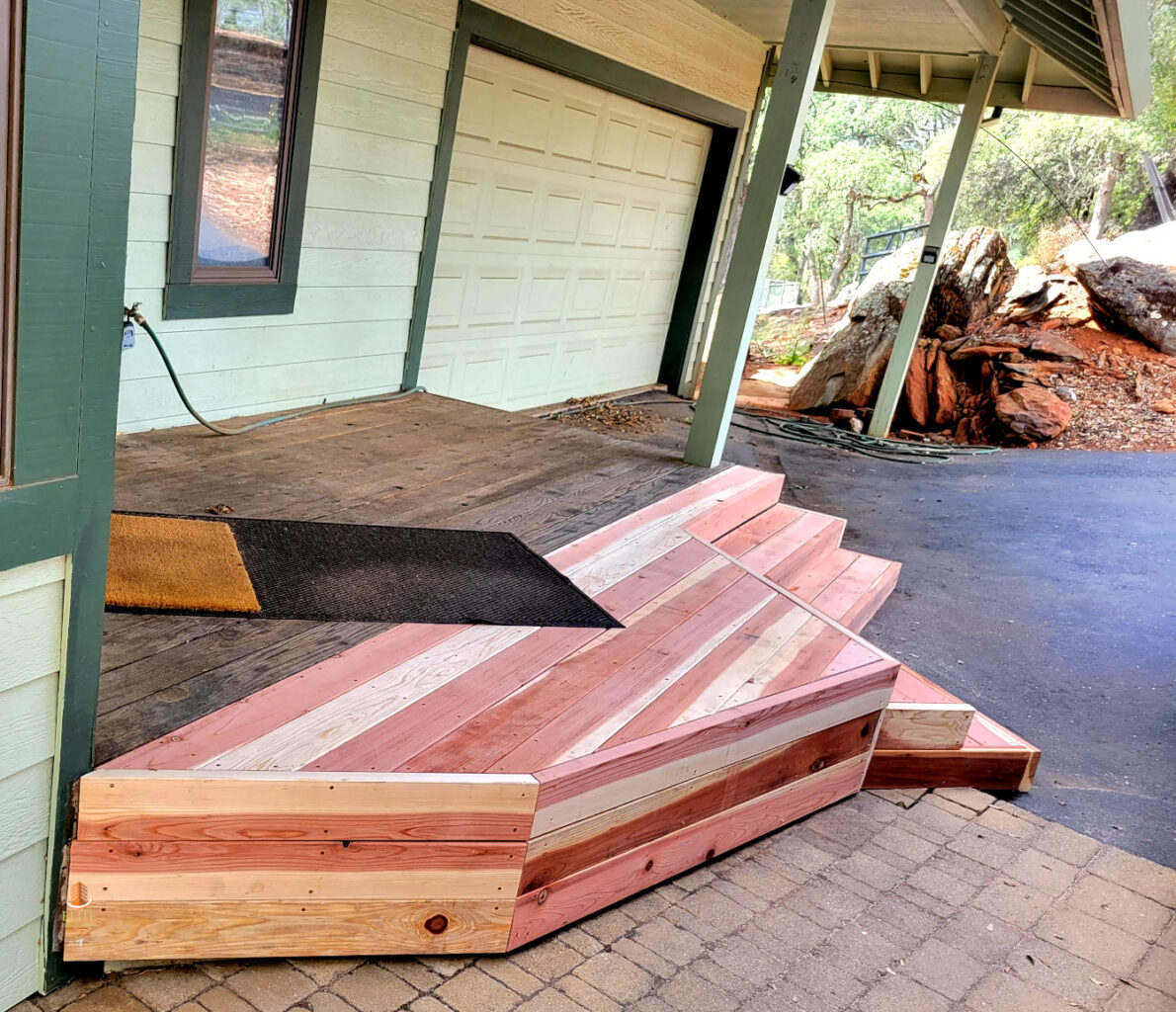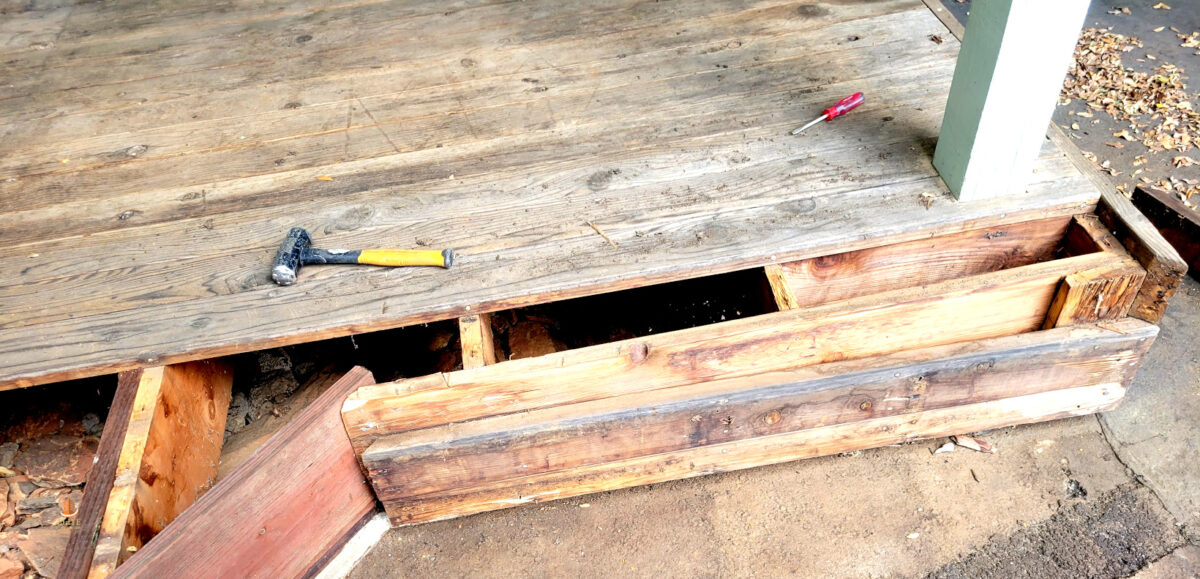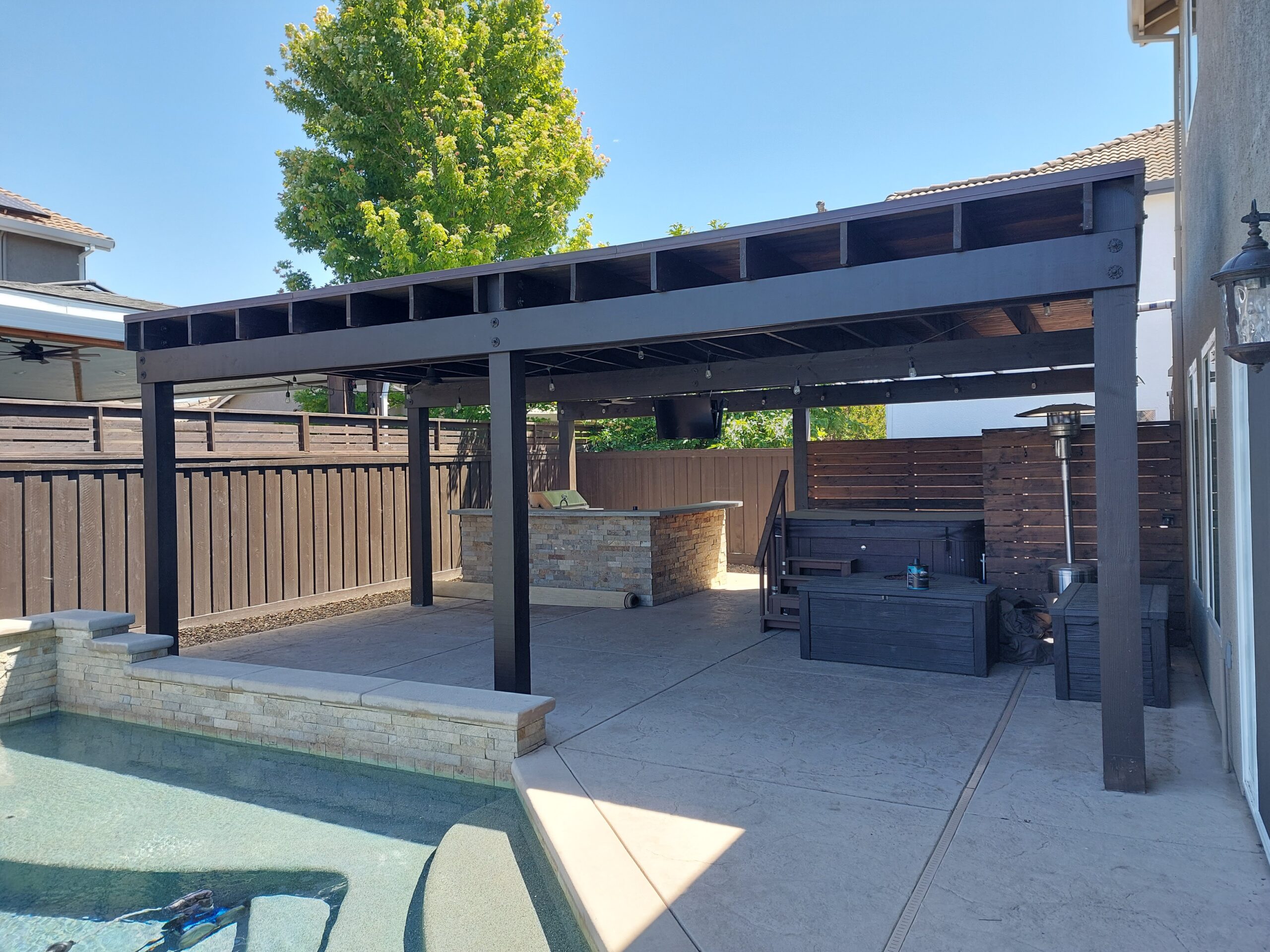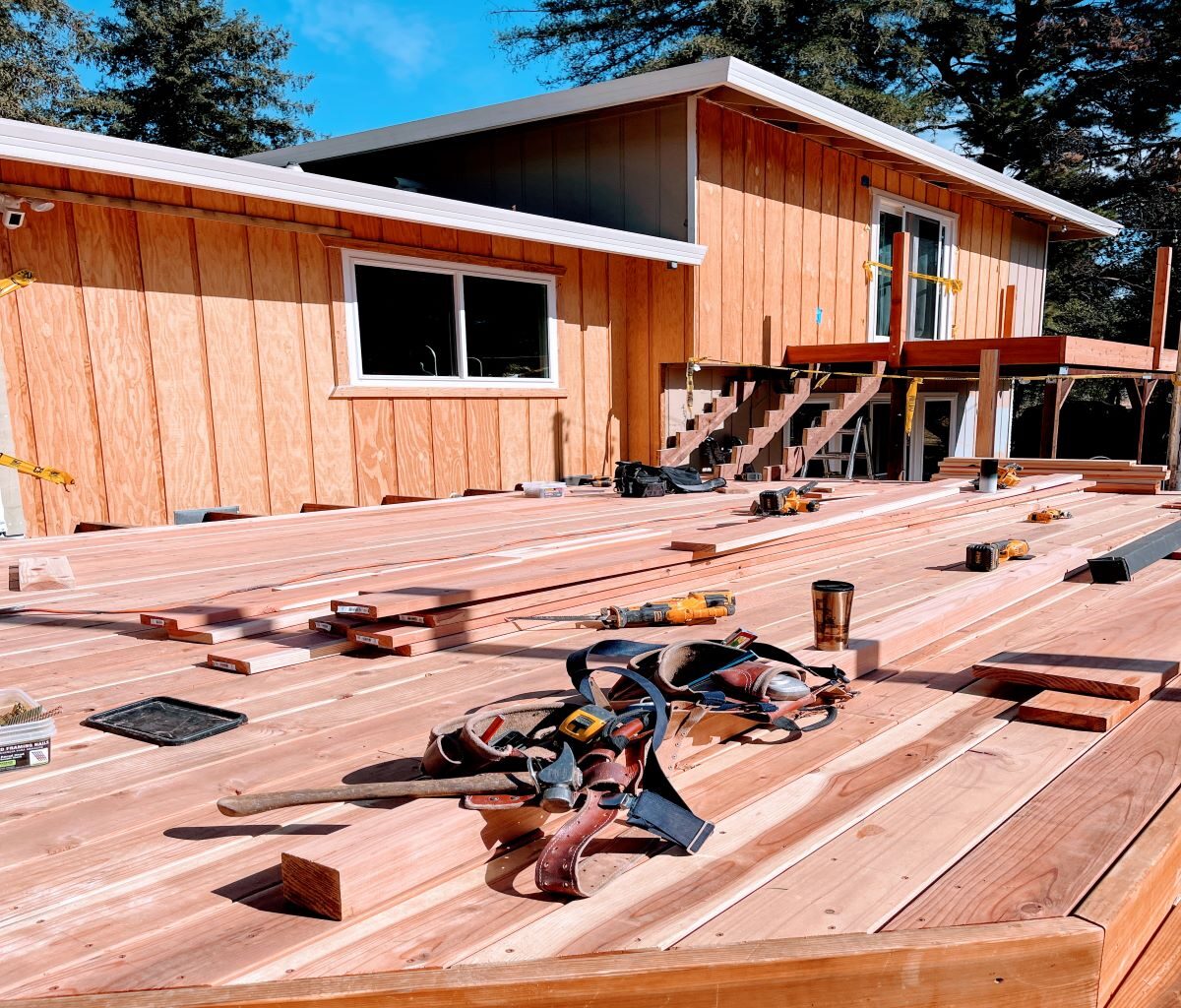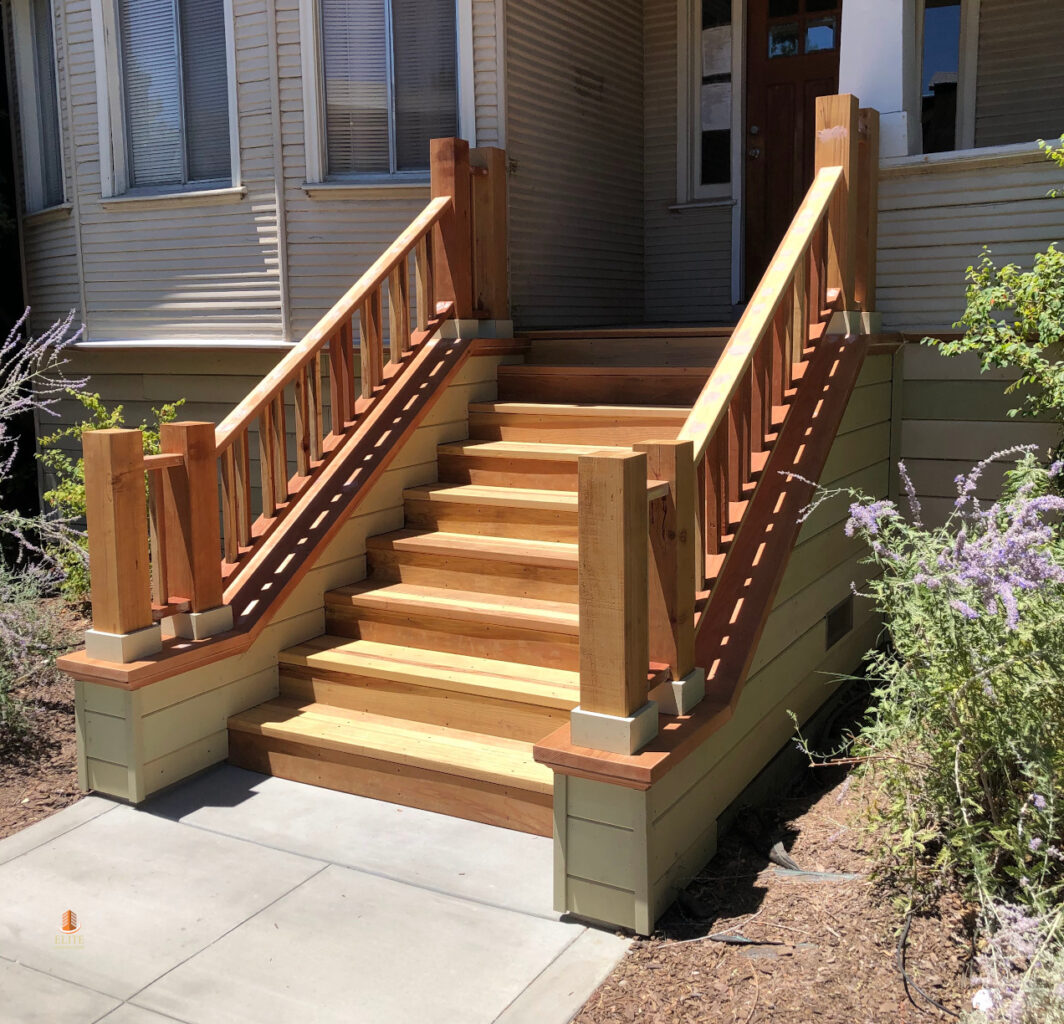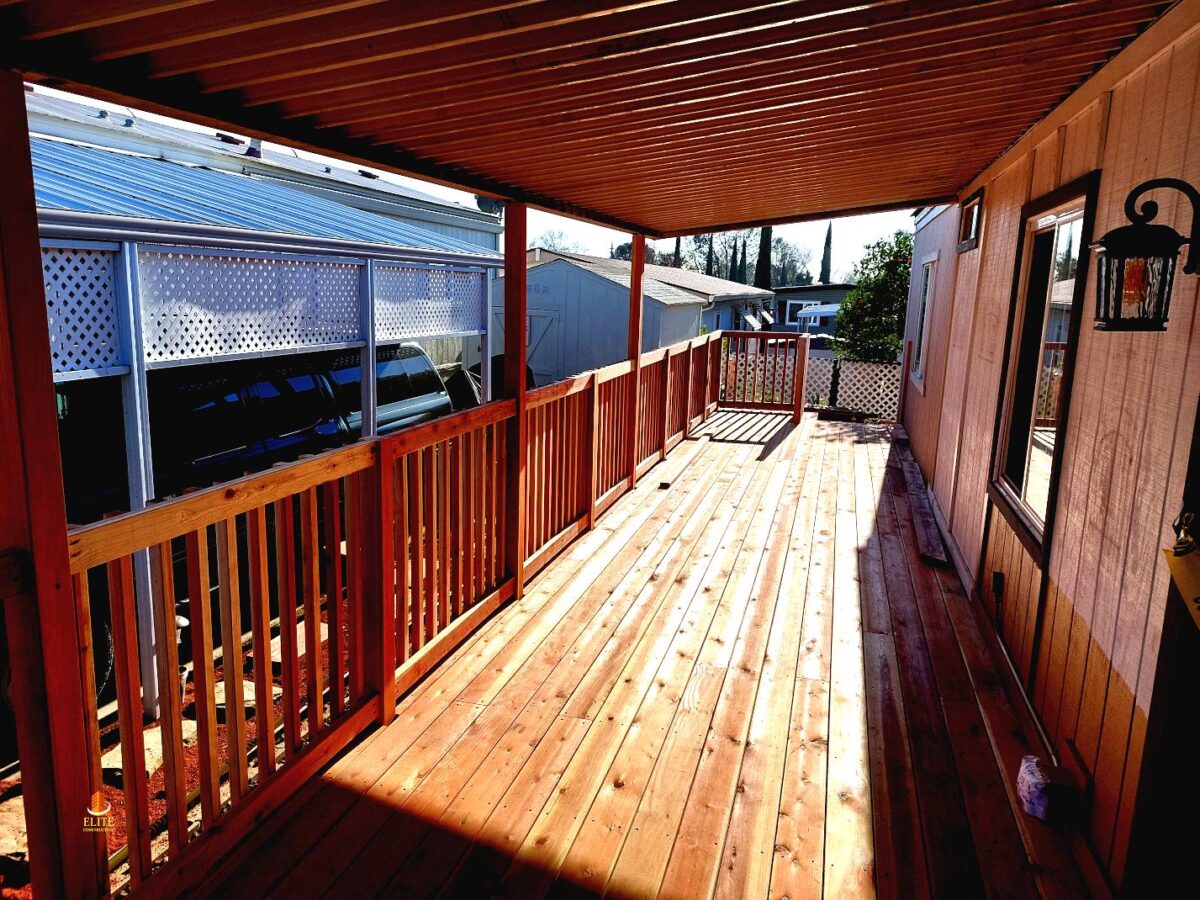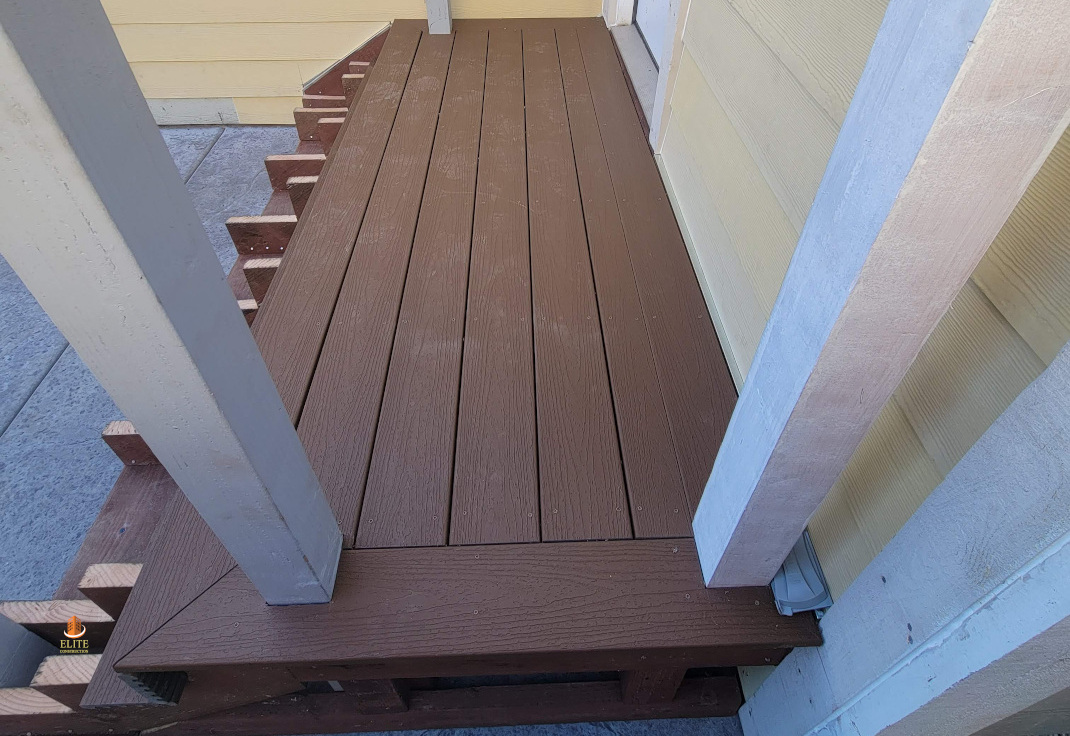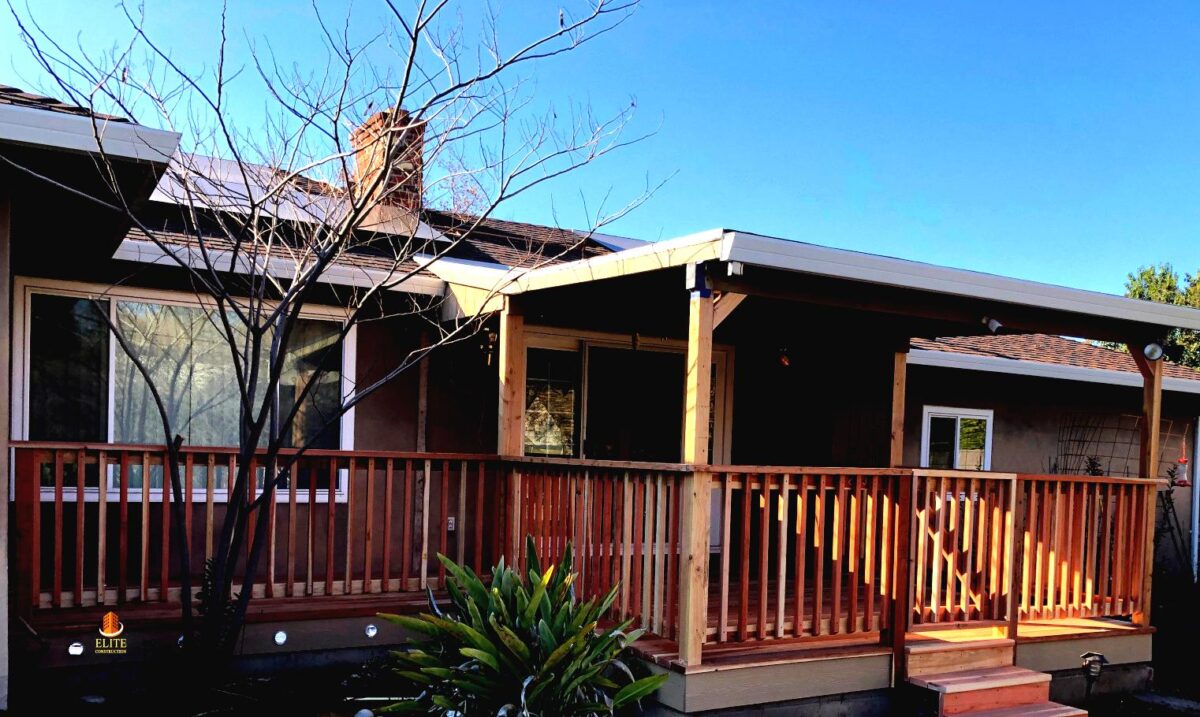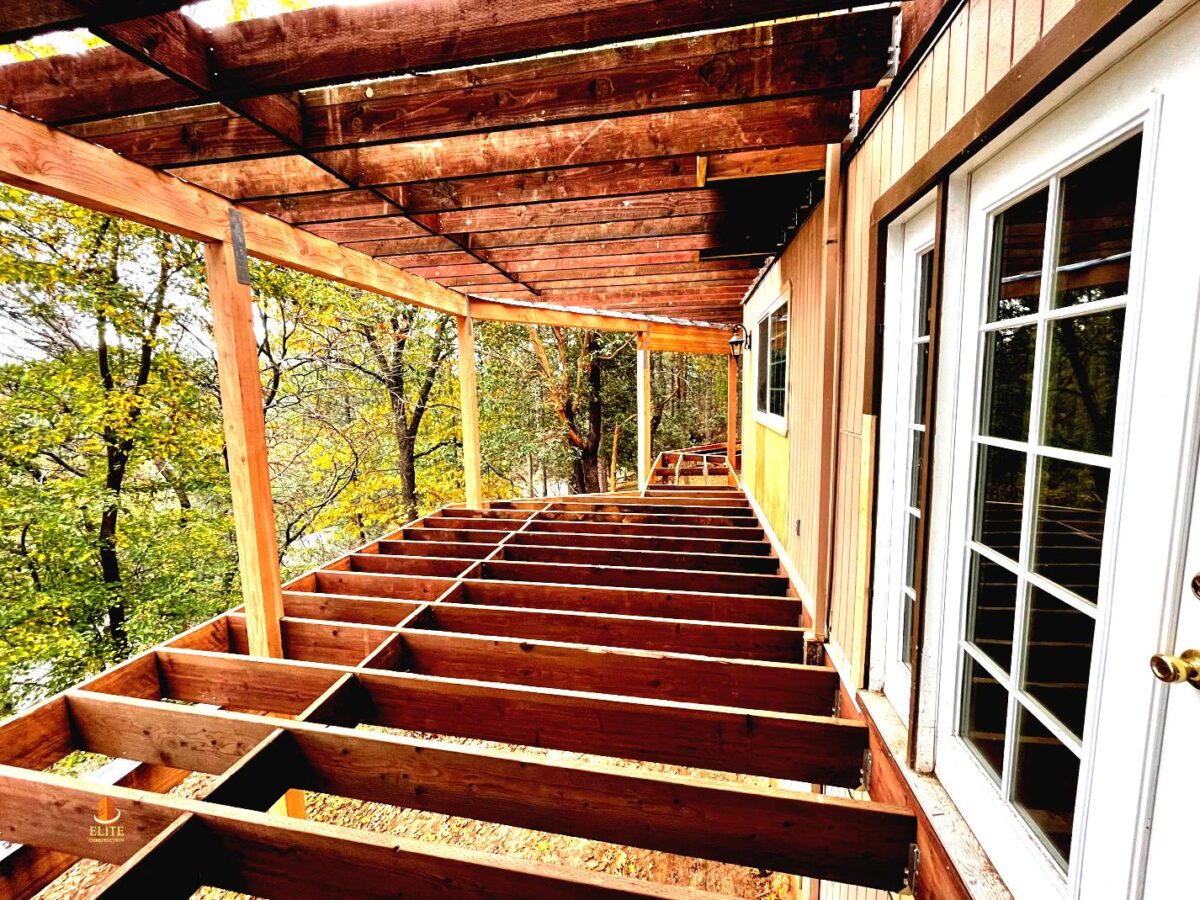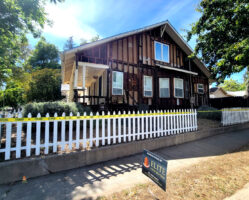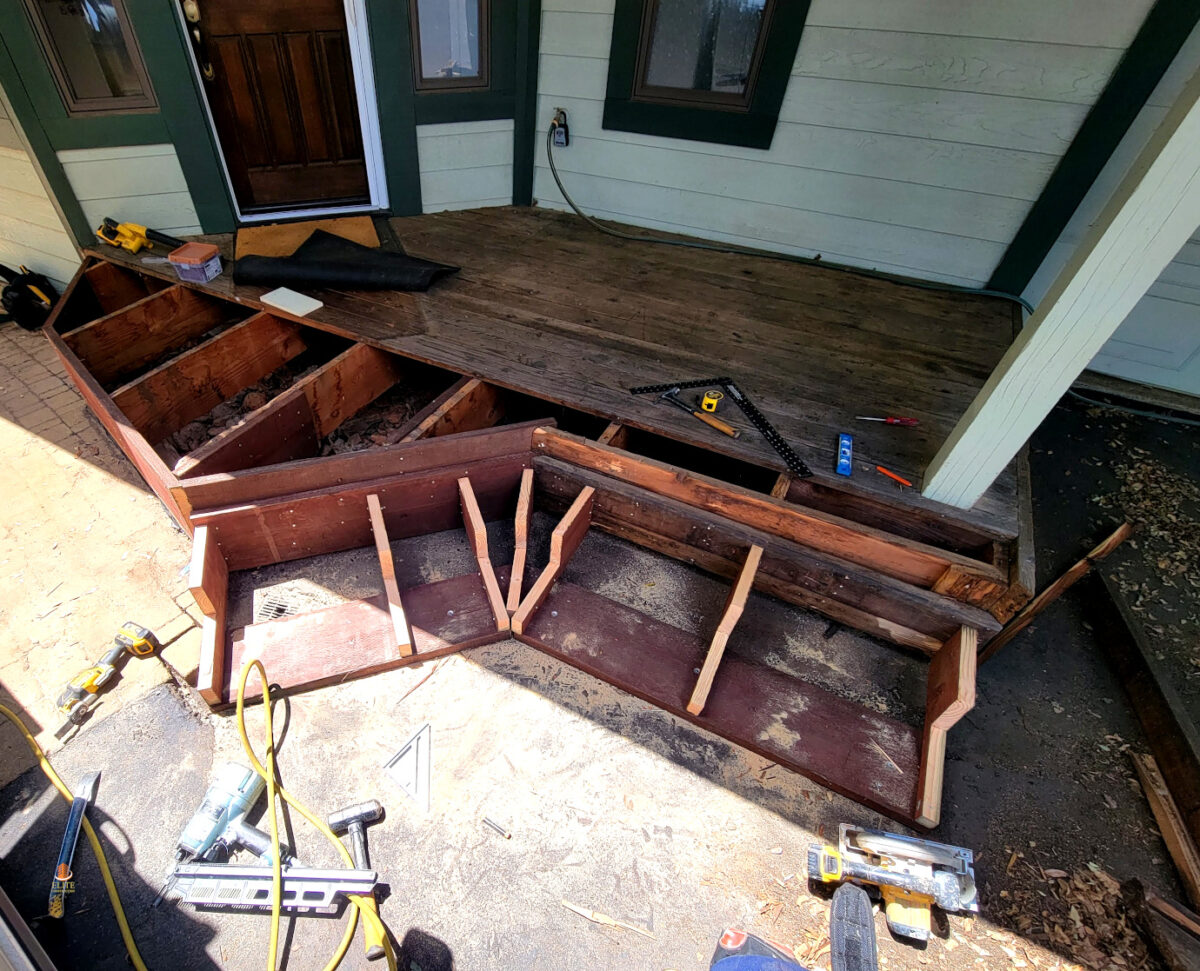
Some Tips for Porch Flooring Repairs
- For best longevity, choose 1″ thick tongue-and-groove vertical-grain boards, preferably at least 5″ wide. The wood should be a high-quality, rot-resistant species such as cedar, cypress, Douglas fir, mahogany, or another tropical wood. Traditionally, boards are laid running perpendicular to the house.
- Make sure the porch floor has a slight slope to it—between 1⁄8″ and ¼” per linear foot for tongue-and-groove floors. (If the porch is deeper than 8′, use a slope closer to 1⁄8″ per foot to avoid a pronounced slant.)
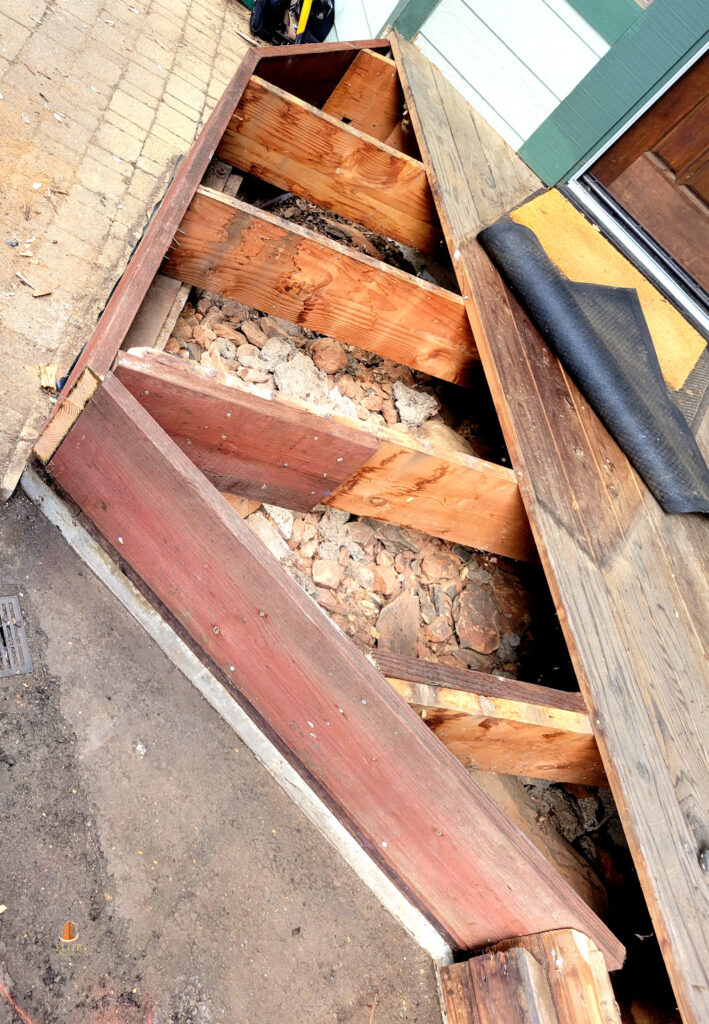
- If the porch floor isn’t tongue-and-groove, allow at least ¼” between new or replacement boards as you lay them, to permit water to flow through the decking. Many construction experts say there’s no need to factor in a slope for spaced floorboards since the water can drain through easily.
- Before laying the boards, prime every surface on every board, including the tongue and groove.
- To further limit the penetration of water, add a bead of paintable caulk to the interior groove as you lay in each board before nailing it into place. Wipe away the excess with a clean wet rag; otherwise, you may need to do some spot sanding before finish-painting the porch floor.
